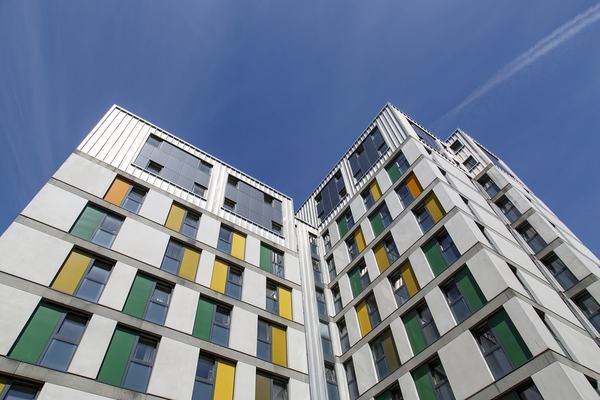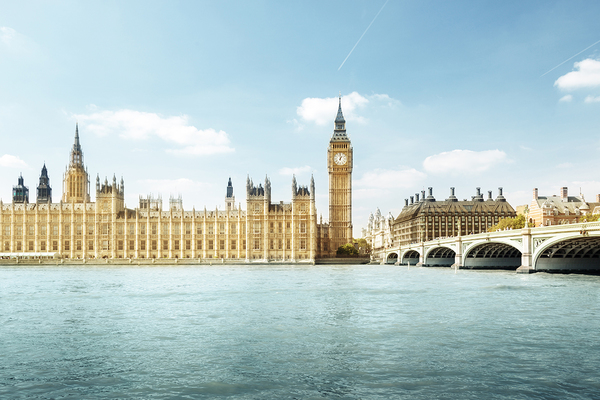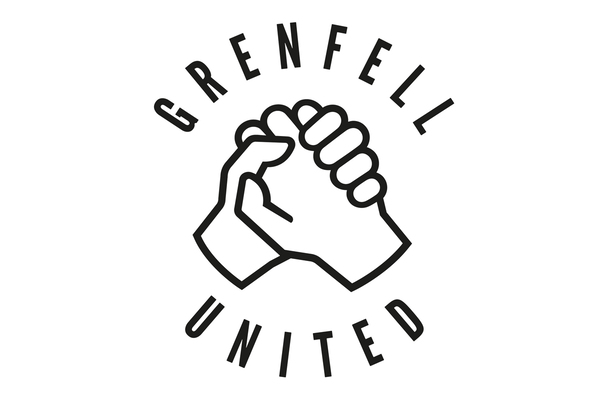Grenfell survivors call on government to make buildings with combustible materials safe
Survivors of the Grenfell Tower fire have called on the government to act to make existing tower blocks with combustible materials safe, as experts warn of “thousands” of affected buildings nationwide.
At this week’s Conservative Party conference in Birmingham, housing secretary James Brokenshire confirmed the government would go ahead with a ban on combustible materials on tower blocks.
Experts told Inside Housing the materials likely to be included in the ban – which covers insulation, window panels, balconies and windows – would be present on “thousands” of buildings nationwide.
Writing for Inside Housing, Ahmed Elgwahry, a member of the Grenfell United group of survivors and relatives who lost two family members in the blaze, said: “This ban is the biggest recognition we’ve had from the government that they understand the industry needs fixing, and that new regulation is needed. But this ban must be the start of the conversation, not the end.
“We need to get these dangerous materials off high-rise homes and replaced safely. On Monday night, after James Brokenshire had given his announcement, families went to bed in unsafe blocks.”
Grenfell United is calling for five steps from the government to make existing buildings safe: no loopholes, a new testing regime, a standard for the toxicity of materials, the retrofitting of sprinklers and the implementation of the Hackitt Review recommendations. The last two echo calls from Inside Housing’s Never Again campaign on building safety.
Lucy Carmichael, director of practice at the Royal Institute of British Architects, said: “It could be a big number of buildings which fall into the banned category – certainly thousands.
“What we’d want to see is a risk assessment of all the existing buildings that now wouldn’t comply with the proposed requirements. How would people feel if they’re living and sleeping in a building that would no longer meet the safety standards?”
A senior academic, who did not wish to be named, said the number of existing buildings that would contain materials covered by the new more stringent rules could be “in the thousands”.
Arnold Tarling, a surveyor and fire safety expert, said the government should consider extending the ban to buildings which have been signed off but have not yet been built.
“Otherwise they’ll be building stuff in two or three years’ time which doesn’t comply with the new regulations,” he suggested.
The government has said it is content that “the majority” of projects under way are not using combustible materials in light of the forthcoming ban, but there is no interim measure in place.
The change is likely to be introduced through an amendment to the building regulations, which could require altering the law. The government intends to bring the change in “as soon as possible” this autumn.
It covers tower blocks, care homes, hospitals, residential schools and student accommodation above 18m.
This falls short of the ban survivors had called for – which demanded these sensitive buildings be covered regardless of height.
The prime minister must listen to Grenfell survivors
This week, housing secretary James Brokenshire confirmed that the government will go ahead with a ban on combustible materials on tower blocks in the aftermath
of the Grenfell fire.
This is a vital step in fulfilling the ambition that the prime minister set out in Inside Housing last week to ensure that such a tragedy never happens again.
Now, she and her government must take the next step and listen to the survivors
and ensure that existing tower blocks with combustible materials are also made safe.
That is why our Never Again campaign calls for the government to commit to a timeline and provide guidance for remedial works, so that work can begin on all affected private and social residential blocks by the end of 2018.
There is no time to lose.
Emma Maier, editor, Inside Housing
Never Again campaign
In the days following the Grenfell Tower fire on 14 June 2017, Inside Housing launched the Never Again campaign to call for immediate action to implement the learning from the Lakanal House fire, and a commitment to act – without delay – on learning from the Grenfell Tower tragedy as it becomes available.
One year on, we have extended the campaign asks in the light of information that has emerged since.
Here are our updated asks:
GOVERNMENT
- Act on the recommendations from Dame Judith Hackitt’s review of building regulations to tower blocks of 18m and higher. Commit to producing a timetable for implementation by autumn 2018, setting out how recommendations that don’t require legislative change can be taken forward without delay
- Follow through on commitments to fully ban combustible materials on high-rise buildings
- Unequivocally ban desktop studies
- Review recommendations and advice given to ministers after the Lakanal House fire and implement necessary changes
- Publish details of all tower blocks with dangerous cladding, insulation and/or external panels and commit to a timeline for remedial works. Provide necessary guidance to landlords to ensure that removal work can begin on all affected private and social residential blocks by the end of 2018. Complete quarterly follow-up checks to ensure that remedial work is completed to the required standard. Checks should not cease until all work is completed.
- Stand by the prime minister’s commitment to fully fund the removal of dangerous cladding
- Fund the retrofitting of sprinkler systems in all tower blocks across the UK (except where there are specific structural reasons not to do so)
- Explore options for requiring remedial works on affected private sector residential tower blocks
LOCAL GOVERNMENT
- Take immediate action to identify privately owned residential tower blocks so that cladding and external panels can be checked
LANDLORDS
- Publish details of the combinations of insulations and cladding materials for all high rise blocks
- Commit to ensuring that removal work begins on all blocks with dangerous materials by the end of 2018 upon receipt of guidance from government
- Publish current fire risk assessments for all high rise blocks (the Information Commissioner has required councils to publish and recommended that housing associations should do the same). Work with peers to share learning from assessments and improve and clarify the risk assessment model.
- Commit to renewing assessments annually and after major repair or cladding work is carried out. Ensure assessments consider the external features of blocks. Always use an appropriate, qualified expert to conduct assessments.
- Review and update evacuation policies and ‘stay put’ advice in the light of risk assessments, and communicate clearly to residents
- Adopt Dame Judith Hackitt’s recommended approach for listening to and addressing tenants’ concerns, with immediate effect
CURRENT SIGNATORIES:
- Chartered Institute of Housing
- G15
- National Federation of ALMOs
- National Housing Federation
- Placeshapers














